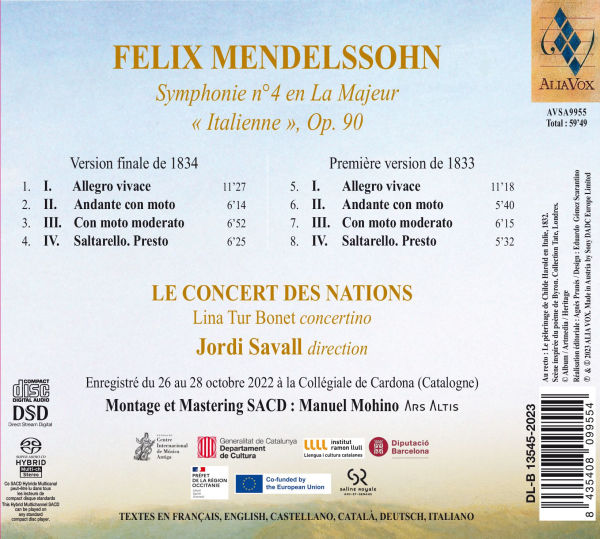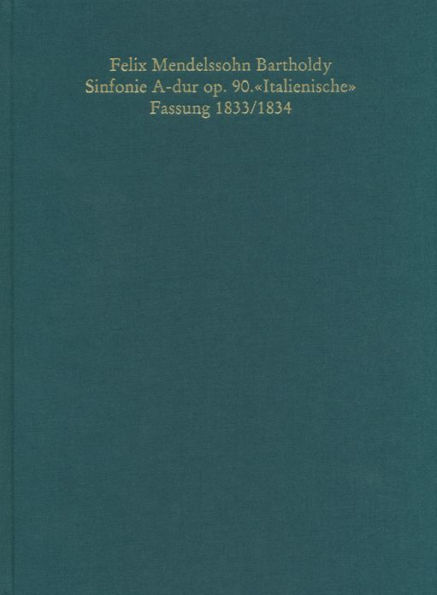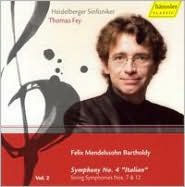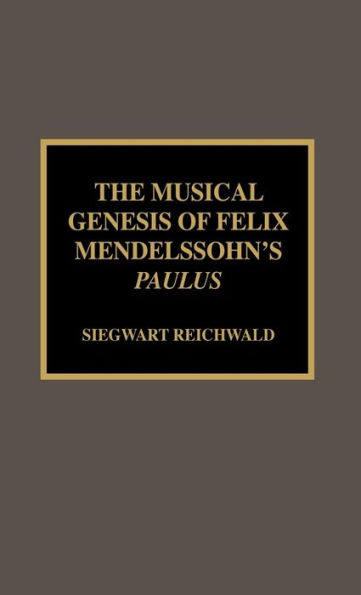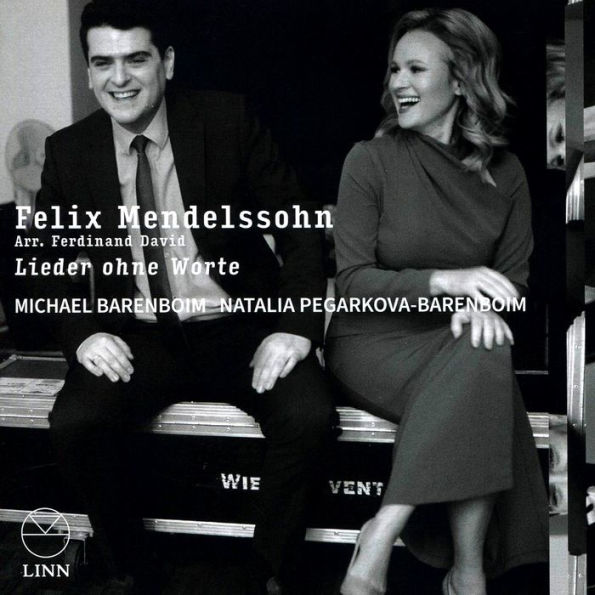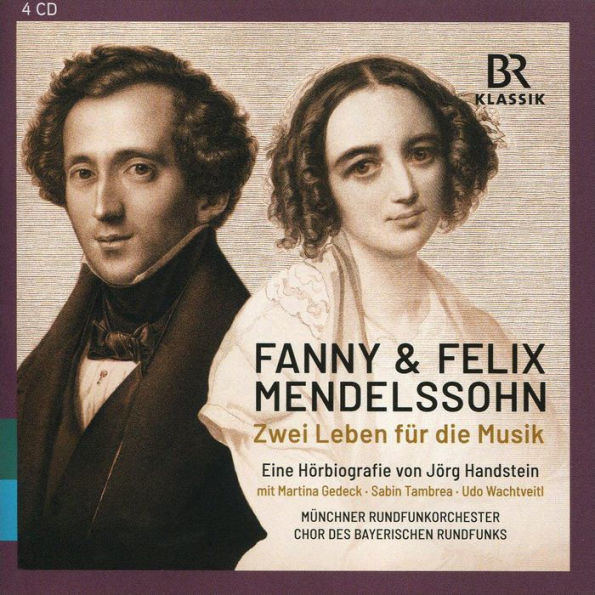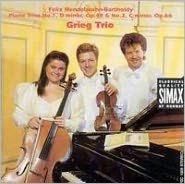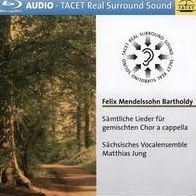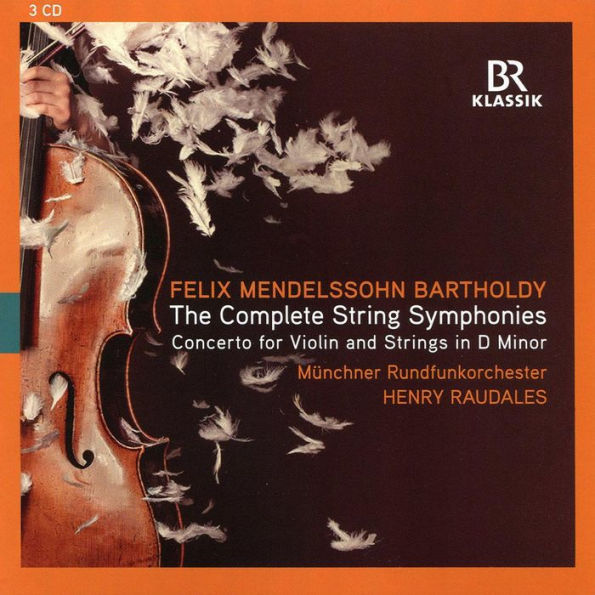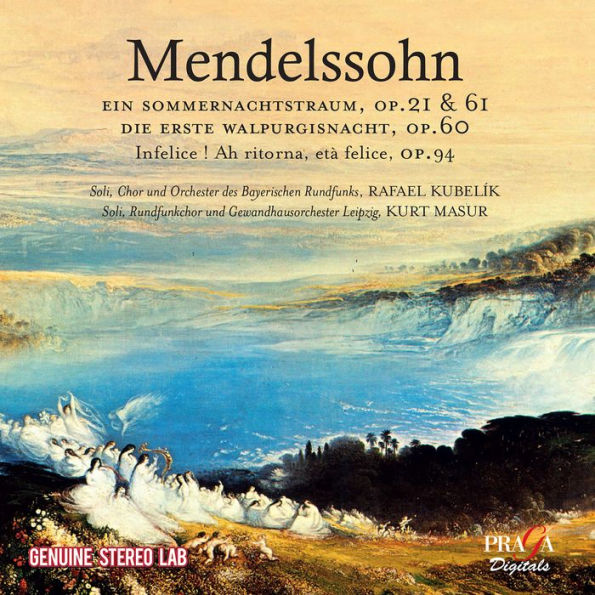Home
Felix Mendelssohn: Symphonie no. 4 en La Majeur "Italienne", Op. 90
Barnes and Noble
Loading Inventory...
Felix Mendelssohn: Symphonie no. 4 en La Majeur "Italienne", Op. 90 in Bloomington, MN
Current price: $28.99


Felix Mendelssohn: Symphonie no. 4 en La Majeur "Italienne", Op. 90 in Bloomington, MN
Current price: $28.99
Loading Inventory...
Size: OS
Jordi Savall
's conducting efforts continue to expand into the 19th century with these performances of
Mendelssohn
's
Symphony No. 4 in A major, Op. 90 ("Italian")
. How far will it go?
Debussy
? There is certainly room for historical instrument performances of
's symphonies, and
Savall
fans will welcome this one for several reasons. One attraction is the presence of two versions of the work. Although the symphony was a major hit in its 1833 London premiere,
was dissatisfied with it and made various revisions to the last three movements a year later. This 1834 version has never really caught on; an early critic was
Fanny Mendelssohn
, and it was not published until 2001. It won't replace the original version, but it is interesting to hear the composer adding transitions and new orchestral colors, wrestling with the material in an attempt to generate Beethovenian logic. The performances themselves will be familiar in their outlines to those who have followed
's excursions into the Classical and Romantic eras with his orchestra,
Le Concert des Nations
. His string section is quite small (7-6-5-5), and he takes the opportunity to highlight the work of his edgy period winds and brass, offering a rather deliberate first movement as part of the concept. This doesn't work particularly well in this work, in which great Mendelssohnian string tunes are key to the structure. The strings are simply overwhelmed, although lots of counterpoint is revealed.
does manipulate the balances a bit; hear how he lets the triplet subsidiary theme in the first movement poke its head out unexpectedly. At times, though, one will wonder what happened to the strings. Nothing this great conductor does is without value, and he certainly contributes to the ongoing dialogue about this popular work, but this may not go down as
's best essay in music of this period, although it will certainly interest his fans. ~ James Manheim
's conducting efforts continue to expand into the 19th century with these performances of
Mendelssohn
's
Symphony No. 4 in A major, Op. 90 ("Italian")
. How far will it go?
Debussy
? There is certainly room for historical instrument performances of
's symphonies, and
Savall
fans will welcome this one for several reasons. One attraction is the presence of two versions of the work. Although the symphony was a major hit in its 1833 London premiere,
was dissatisfied with it and made various revisions to the last three movements a year later. This 1834 version has never really caught on; an early critic was
Fanny Mendelssohn
, and it was not published until 2001. It won't replace the original version, but it is interesting to hear the composer adding transitions and new orchestral colors, wrestling with the material in an attempt to generate Beethovenian logic. The performances themselves will be familiar in their outlines to those who have followed
's excursions into the Classical and Romantic eras with his orchestra,
Le Concert des Nations
. His string section is quite small (7-6-5-5), and he takes the opportunity to highlight the work of his edgy period winds and brass, offering a rather deliberate first movement as part of the concept. This doesn't work particularly well in this work, in which great Mendelssohnian string tunes are key to the structure. The strings are simply overwhelmed, although lots of counterpoint is revealed.
does manipulate the balances a bit; hear how he lets the triplet subsidiary theme in the first movement poke its head out unexpectedly. At times, though, one will wonder what happened to the strings. Nothing this great conductor does is without value, and he certainly contributes to the ongoing dialogue about this popular work, but this may not go down as
's best essay in music of this period, although it will certainly interest his fans. ~ James Manheim
Jordi Savall
's conducting efforts continue to expand into the 19th century with these performances of
Mendelssohn
's
Symphony No. 4 in A major, Op. 90 ("Italian")
. How far will it go?
Debussy
? There is certainly room for historical instrument performances of
's symphonies, and
Savall
fans will welcome this one for several reasons. One attraction is the presence of two versions of the work. Although the symphony was a major hit in its 1833 London premiere,
was dissatisfied with it and made various revisions to the last three movements a year later. This 1834 version has never really caught on; an early critic was
Fanny Mendelssohn
, and it was not published until 2001. It won't replace the original version, but it is interesting to hear the composer adding transitions and new orchestral colors, wrestling with the material in an attempt to generate Beethovenian logic. The performances themselves will be familiar in their outlines to those who have followed
's excursions into the Classical and Romantic eras with his orchestra,
Le Concert des Nations
. His string section is quite small (7-6-5-5), and he takes the opportunity to highlight the work of his edgy period winds and brass, offering a rather deliberate first movement as part of the concept. This doesn't work particularly well in this work, in which great Mendelssohnian string tunes are key to the structure. The strings are simply overwhelmed, although lots of counterpoint is revealed.
does manipulate the balances a bit; hear how he lets the triplet subsidiary theme in the first movement poke its head out unexpectedly. At times, though, one will wonder what happened to the strings. Nothing this great conductor does is without value, and he certainly contributes to the ongoing dialogue about this popular work, but this may not go down as
's best essay in music of this period, although it will certainly interest his fans. ~ James Manheim
's conducting efforts continue to expand into the 19th century with these performances of
Mendelssohn
's
Symphony No. 4 in A major, Op. 90 ("Italian")
. How far will it go?
Debussy
? There is certainly room for historical instrument performances of
's symphonies, and
Savall
fans will welcome this one for several reasons. One attraction is the presence of two versions of the work. Although the symphony was a major hit in its 1833 London premiere,
was dissatisfied with it and made various revisions to the last three movements a year later. This 1834 version has never really caught on; an early critic was
Fanny Mendelssohn
, and it was not published until 2001. It won't replace the original version, but it is interesting to hear the composer adding transitions and new orchestral colors, wrestling with the material in an attempt to generate Beethovenian logic. The performances themselves will be familiar in their outlines to those who have followed
's excursions into the Classical and Romantic eras with his orchestra,
Le Concert des Nations
. His string section is quite small (7-6-5-5), and he takes the opportunity to highlight the work of his edgy period winds and brass, offering a rather deliberate first movement as part of the concept. This doesn't work particularly well in this work, in which great Mendelssohnian string tunes are key to the structure. The strings are simply overwhelmed, although lots of counterpoint is revealed.
does manipulate the balances a bit; hear how he lets the triplet subsidiary theme in the first movement poke its head out unexpectedly. At times, though, one will wonder what happened to the strings. Nothing this great conductor does is without value, and he certainly contributes to the ongoing dialogue about this popular work, but this may not go down as
's best essay in music of this period, although it will certainly interest his fans. ~ James Manheim
